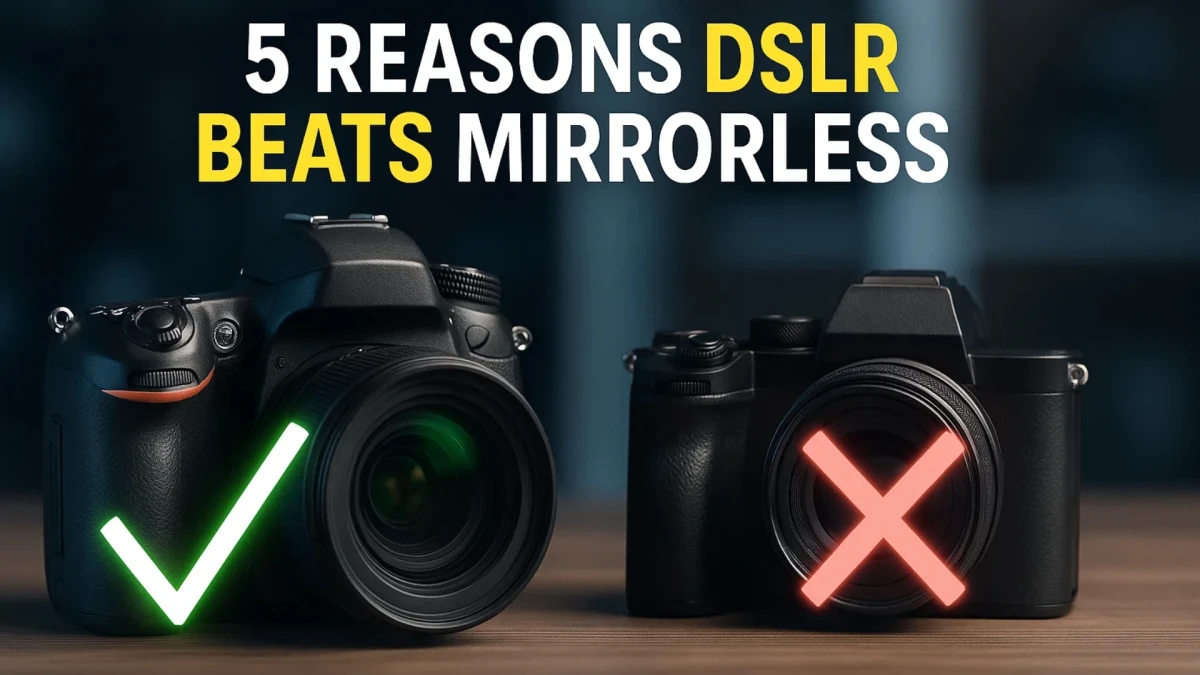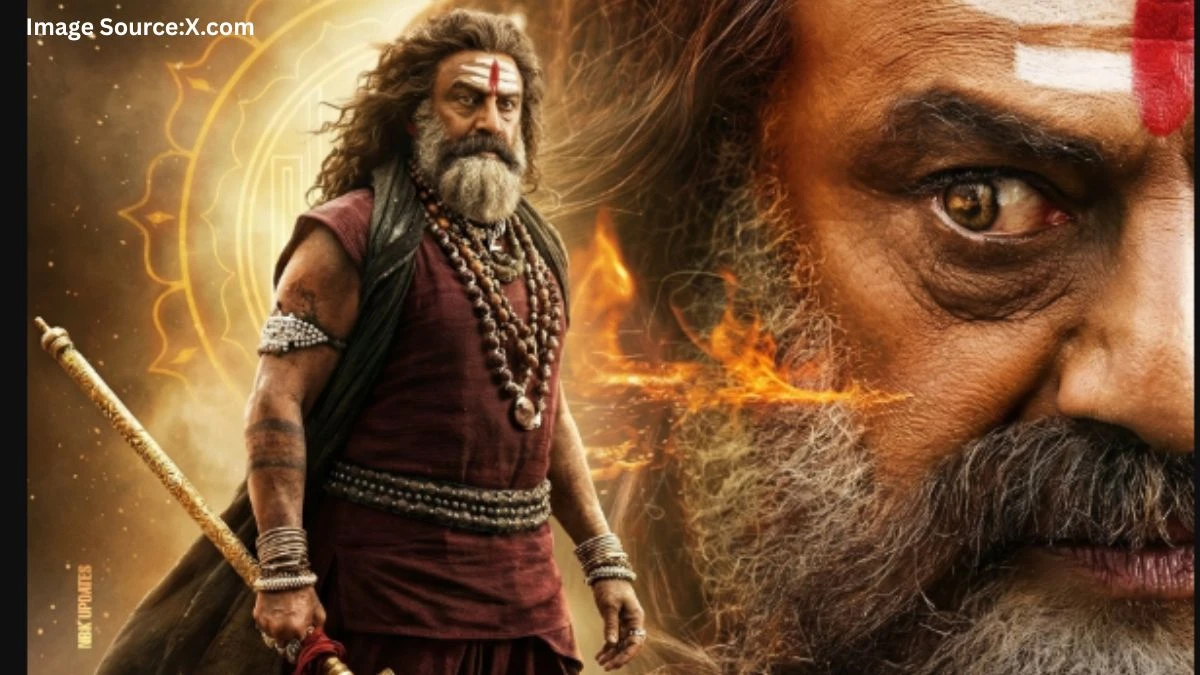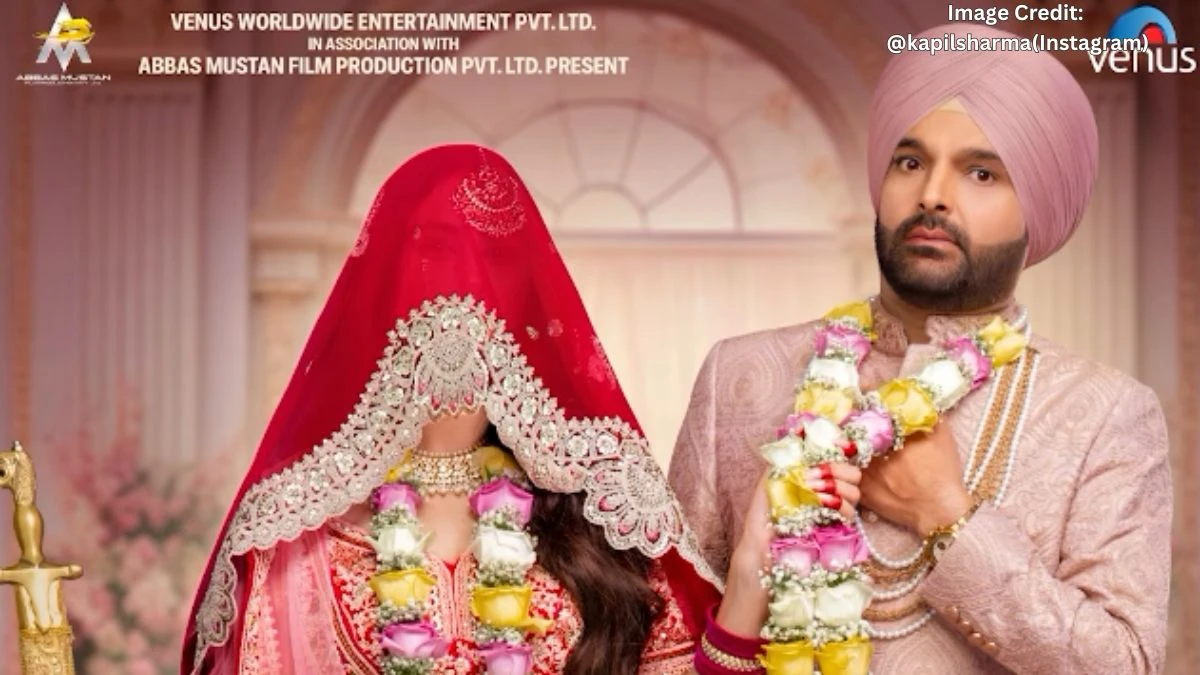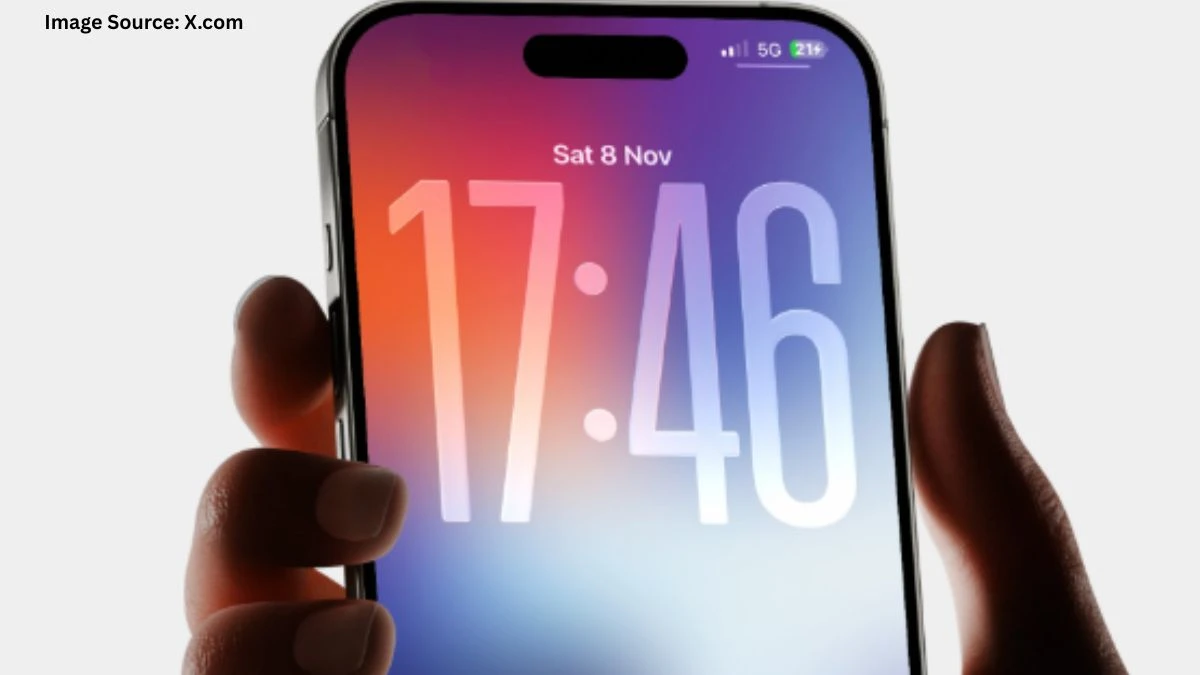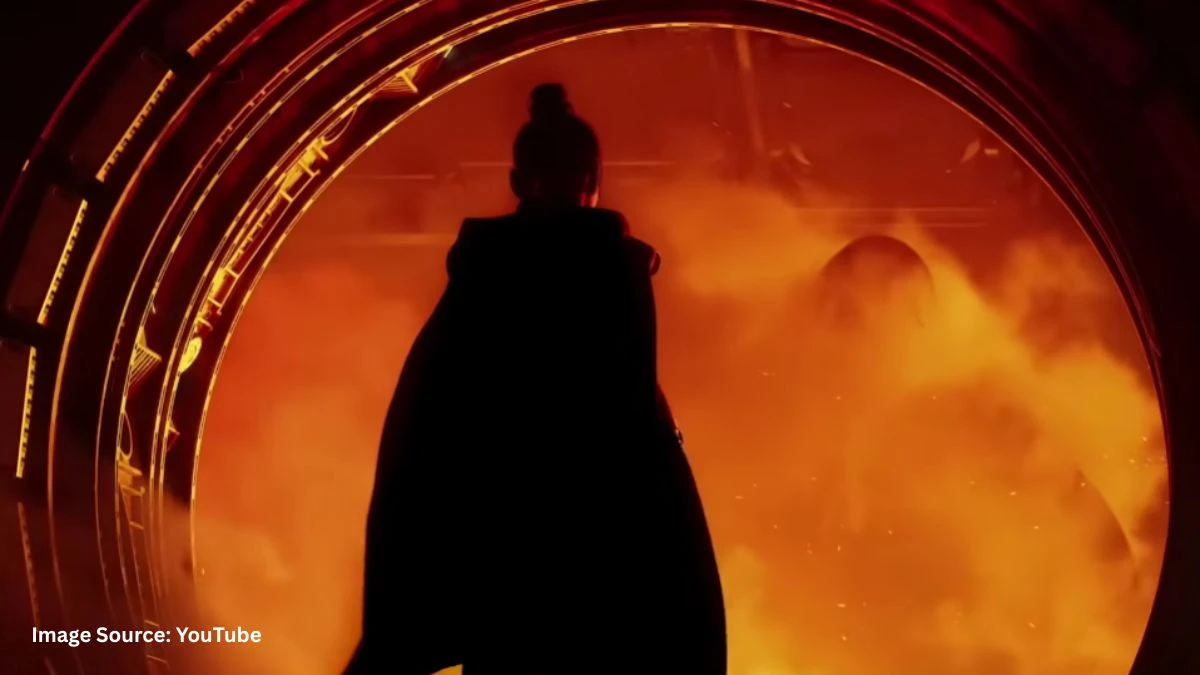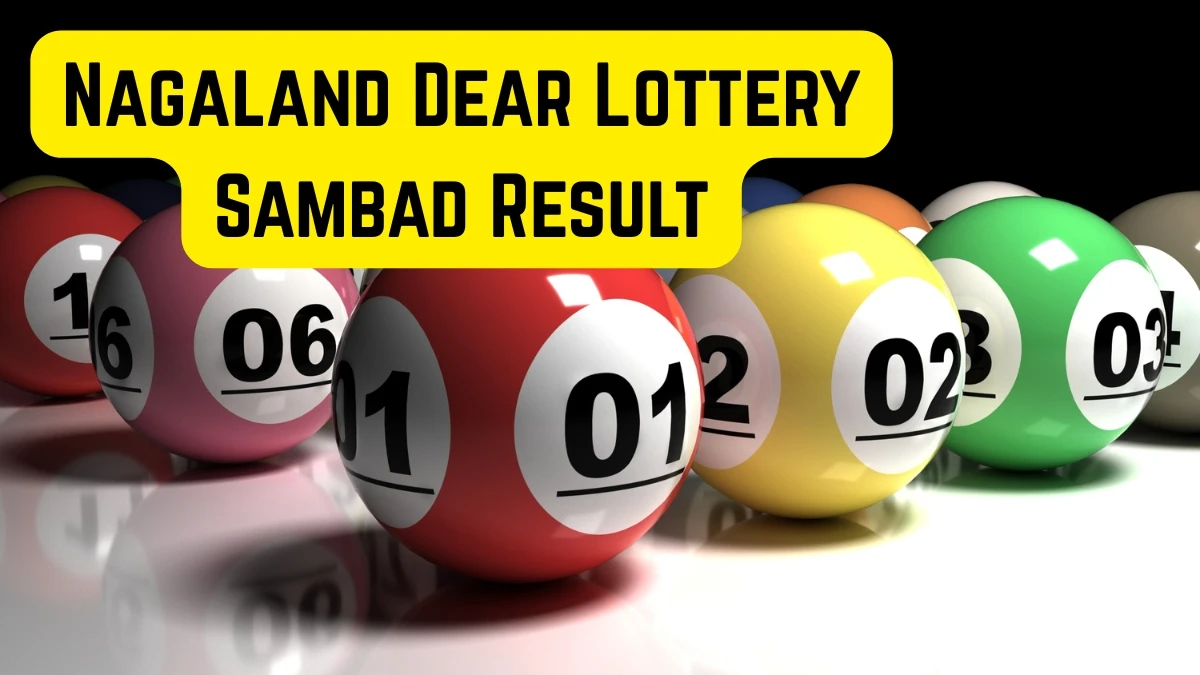5 Reasons Why DSLR Cameras Are Better Than Mirrorless
As the photography world shifts toward compact, high-tech mirrorless cameras, it’s easy to assume that DSLR cameras are a thing of the past. But for many professionals and serious hobbyists, DSLRs remain the preferred tool and not without reason.
In 2025, DSLR cameras continue to offer several core advantages that mirrorless systems simply can't match. Whether you're a seasoned photographer or investing in your first serious camera, here’s why DSLR still deserves your attention.
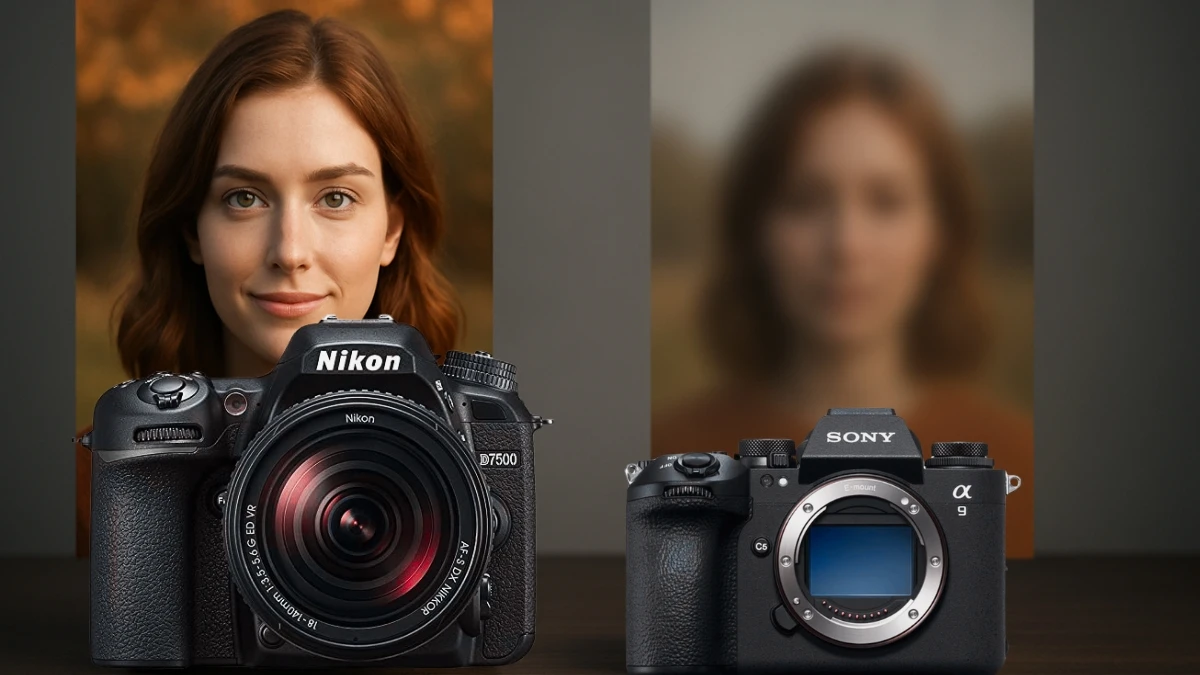
1. Dependable Battery Life That Outlasts Mirrorless
Battery performance can make or break a photoshoot. Mirrorless cameras drain power quickly due to constantly active screens and electronic viewfinders. In contrast, DSLRs are more energy-efficient, often delivering 2x to 3x more shots per charge.
Why It Matters:
- For travel, wildlife, and event photographers who shoot all day, not needing to carry multiple spare batteries is a massive convenience.
2. Optical Viewfinder for True-to-Life Composition
DSLRs offer optical viewfinders (OVFs), giving you a clear, real-world image through the lens with zero lag and no digital processing. This allows for more natural framing, especially when shooting fast-moving subjects like sports, wildlife, or concerts.
In contrast, electronic viewfinders in mirrorless cameras can lag, stutter, or blackout, particularly in challenging lighting.
Why It Matters:
- An OVF helps you react faster and see details exactly as they are, not how a screen interprets them. For many, this leads to better shot composition and timing.
3. Balanced Handling and Rugged Design
The larger, heavier build of a DSLR isn’t a disadvantage — it improves stability and grip, especially when using telephoto or professional lenses. The extra space allows for more tactile controls, dual card slots, stronger weather sealing, and better heat management for long sessions.
Why It Matters:
- Photographers shooting in unpredictable outdoor conditions, or those using heavy lenses, appreciate the durable and ergonomic design that DSLRs consistently deliver.
4. Unmatched Value and Legacy Lens Support
DSLRs have been around for decades, meaning the market is flooded with affordable cameras and hundreds of compatible lenses, many of which cost significantly less than their mirrorless counterparts.
Canon EF and Nikon F lenses are readily available and don’t require adapters or firmware updates to perform flawlessly.
Why It Matters:
- Budget-conscious photographers can build a complete DSLR setup — camera, lenses, and accessories — for half the price of a similar mirrorless system, making it ideal for students, hobbyists, and even pros on a budget.
5. Organic Image Aesthetics & Consistency
Many photographers argue that DSLRs produce less processed, more natural-looking images, especially in skin tones and color rendering. Certain DSLR sensors, like that in the Canon 6D, are loved for their painterly image character and pleasing dynamic range, even years after release.
Mirrorless sensors may excel in resolution and speed, but they often come with heavier image processing that removes some of the organic feel from final images.
Why It Matters:
- If you value timeless, consistent image quality that doesn’t require hours of post-processing, DSLR files are easier to work with — especially in portrait, wedding, and editorial photography.
Disclaimer:
The information in this article is based on industry trends, expert reviews, and user experiences as of 2025. Camera performance can vary depending on individual use and shooting conditions. Always consider your specific photography needs before choosing between DSLR and mirrorless systems.

